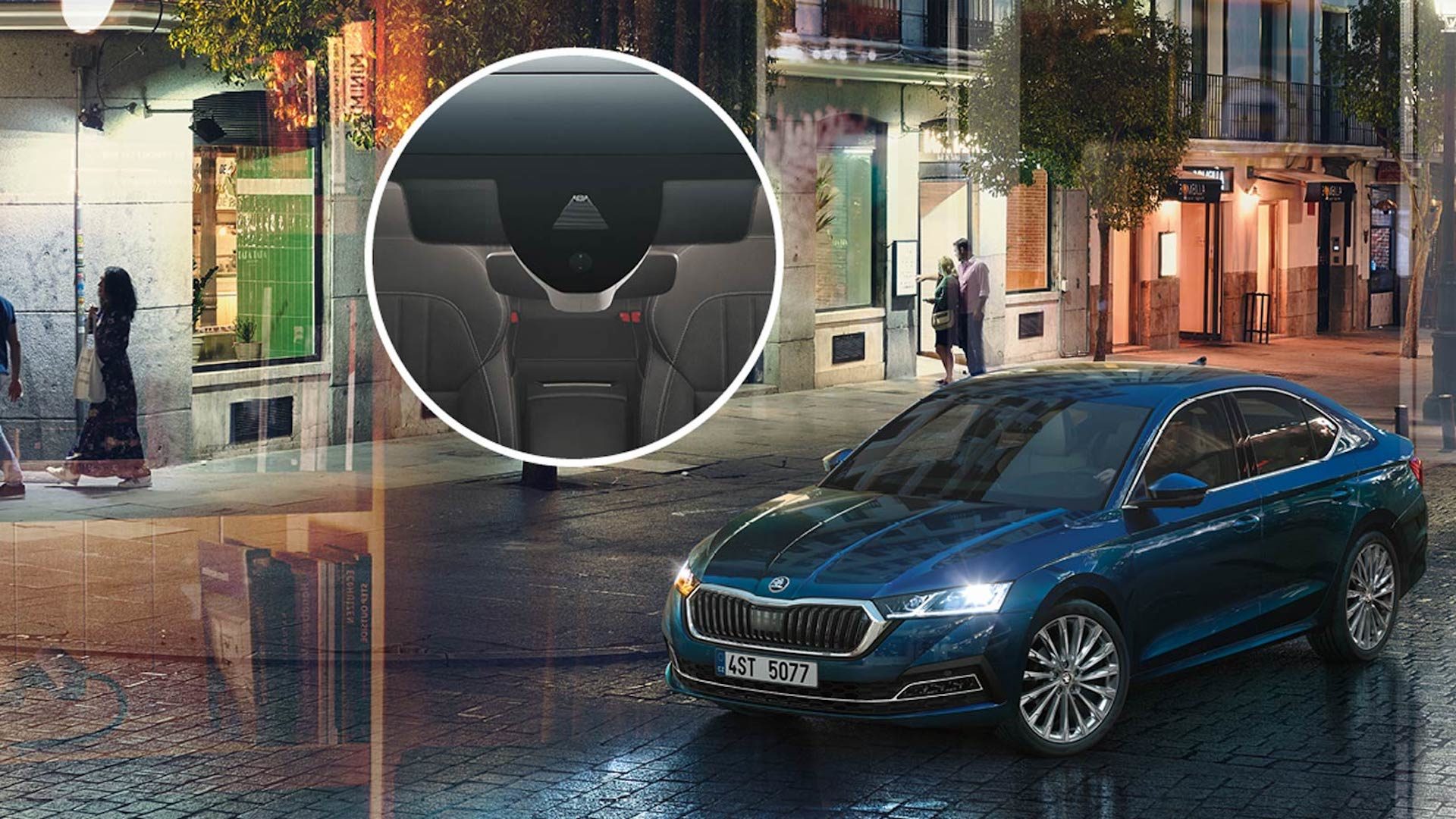
Today’s cars are loaded with new technology designed to make life easier and safer for drivers.
Many of a car’s sensors are mounted behind the windscreen, between the rear-view mirror and the glass. This gives them the perfect vantage point to keep an eye on the road and the conditions outside.
If you ever wondered what all those sensors are doing, allow us to explain…
An enlightening lesson
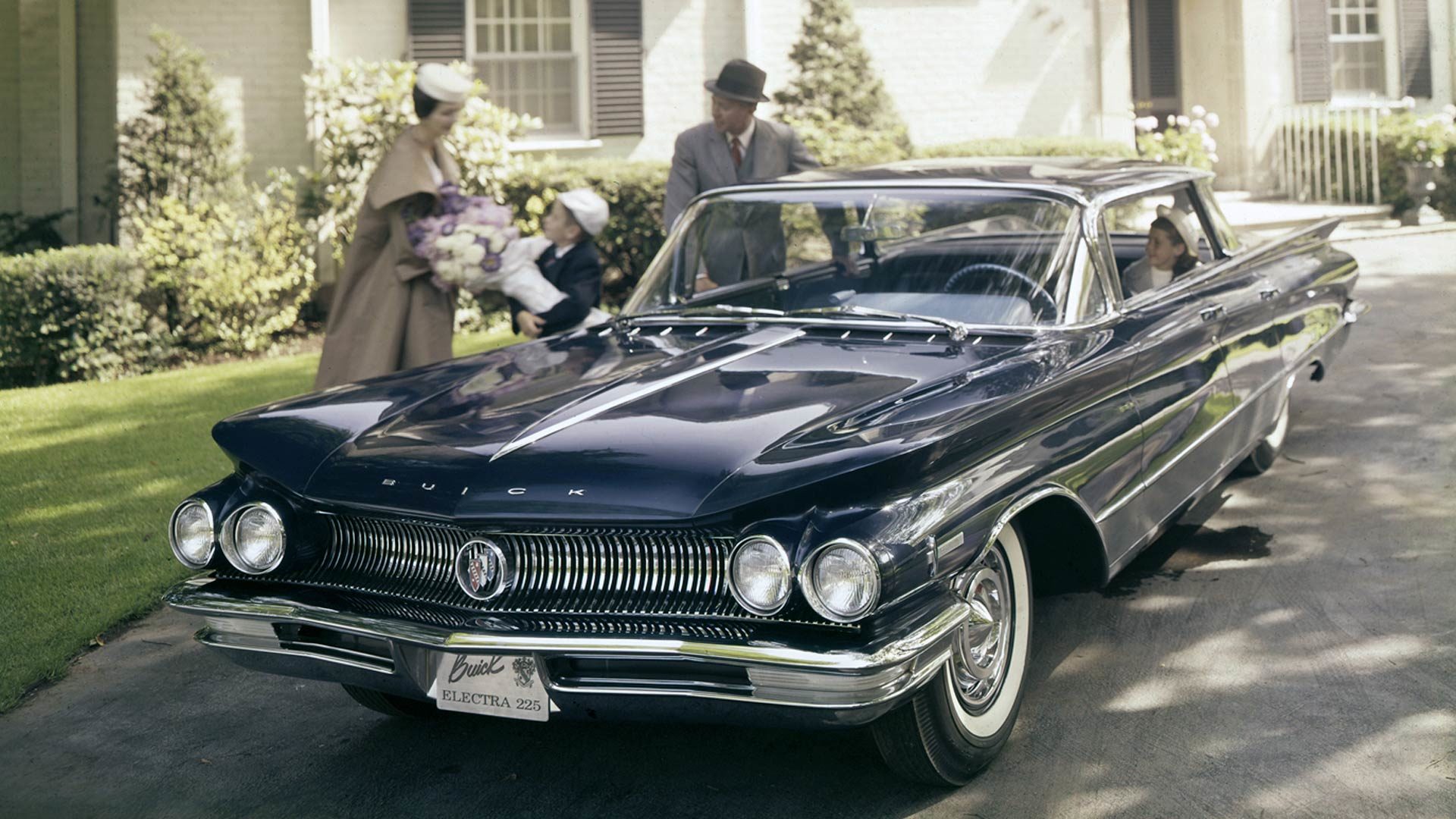
They may seem like recent ideas, but sensors that react to weather or light conditions are nothing new.
General Motors pioneered automatically dipping main beam headlights as far back as 1952. The ominously named Autronic Eye sensor was made available for Oldsmobile and Cadillac models as an option.
Buick continued the GM innovations with its Twilight Sentinel. This could detect darkness, then automatically turn on the exterior lights.
Rain sensors are not a contemporary innovation either. Cadillac created a version of the luxurious 1958 Eldorado convertible that was able to sense raindrops and close its roof automatically.
Lights, camera, action
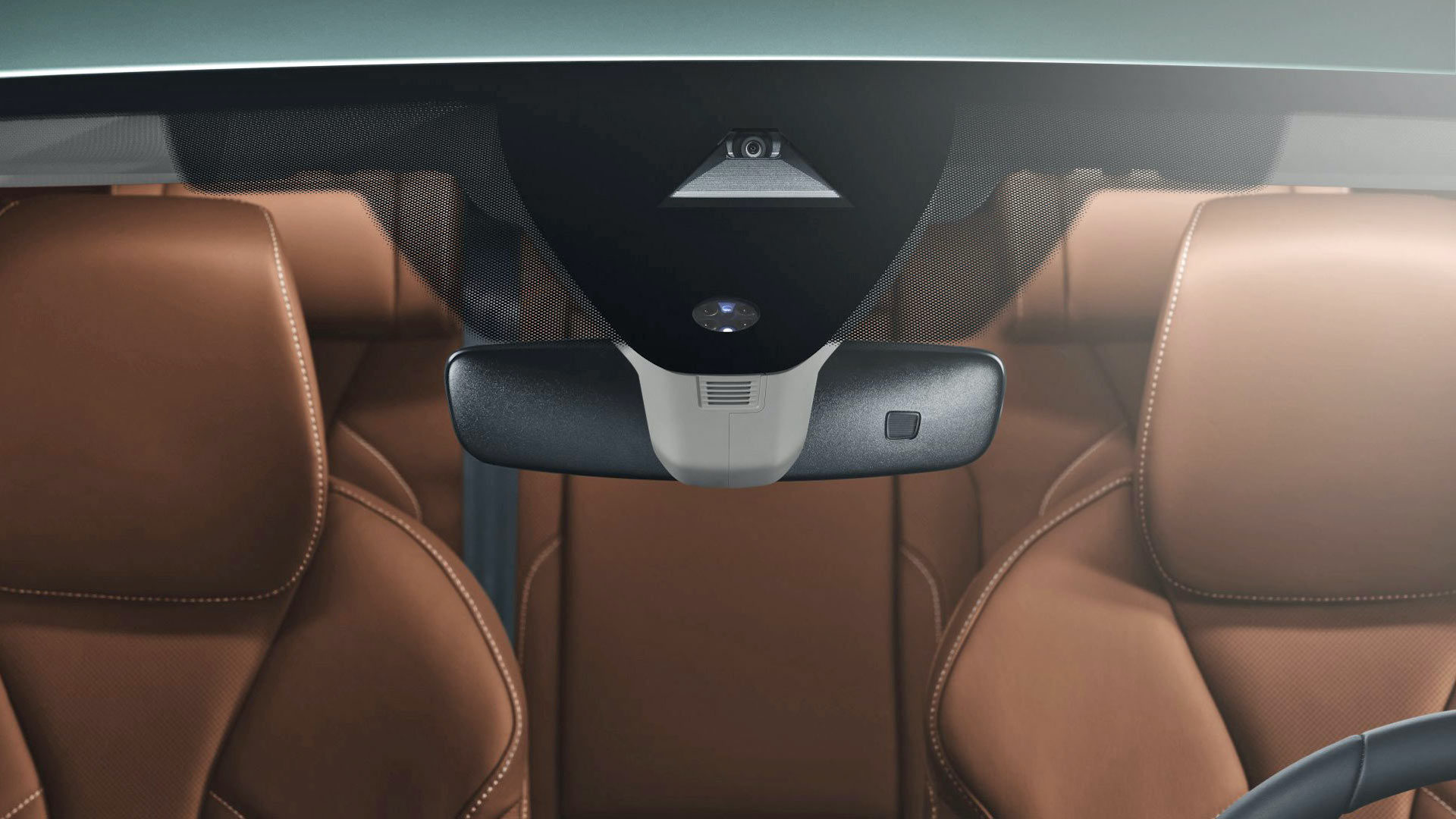
Although there are variations between individual manufacturers, the sensors used in most modern cars have a similar design.
For example, Skoda uses a sensor package officially known as the RLFS, which comes from the German wording Regen-Licht-Feuchte-Sonne.
This translates into English as ‘Rain-Light-Moisture-Sun’, giving a clue as to what the most common sensor modules can do.
Sensing the rain
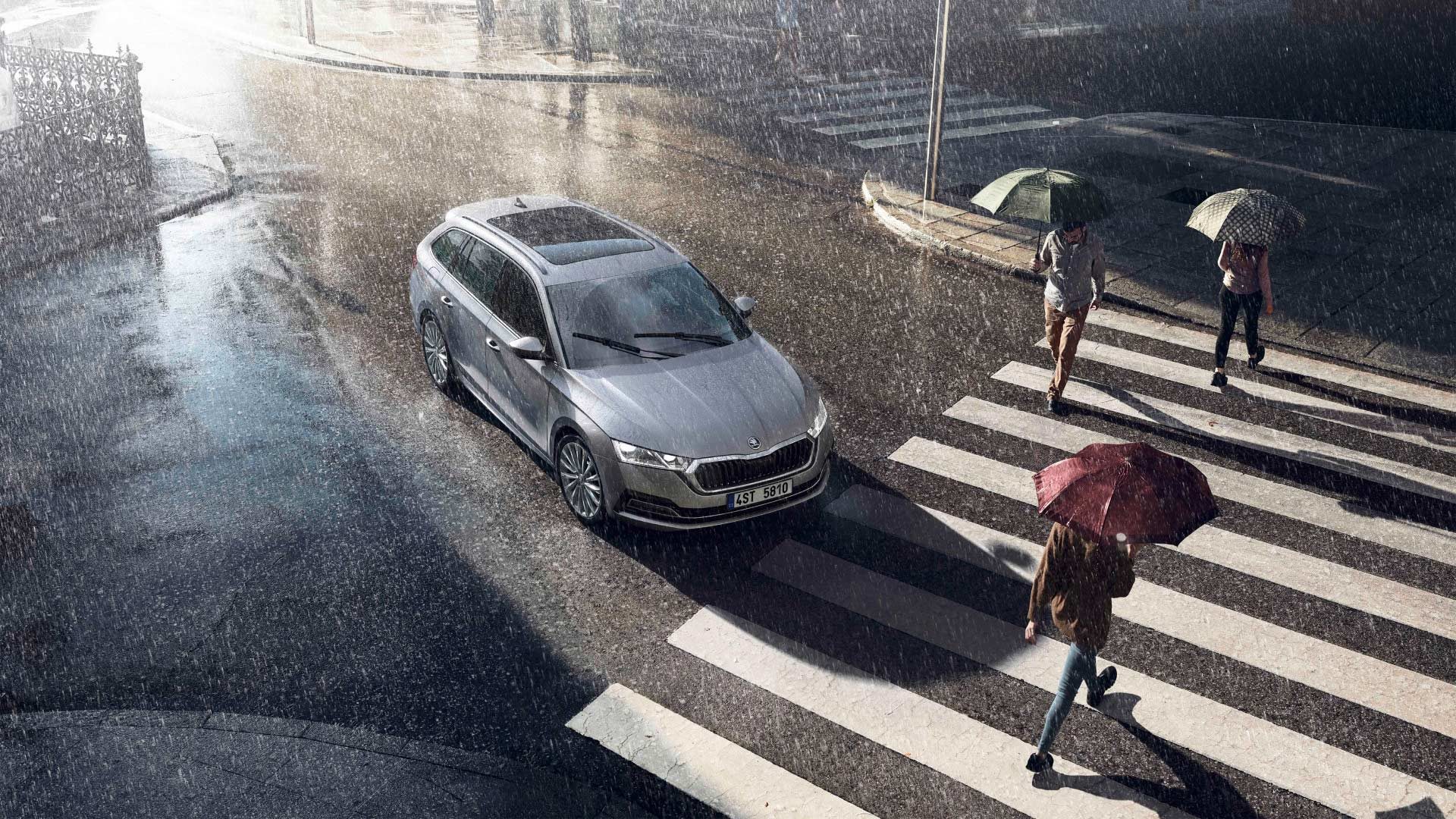
One of the most useful features offered by an RLFS module is the control of rain-sensing automatic windscreen wipers.
To do this, the sensors measure the amount of moisture on the windscreen. Too many raindrops results in a signal being sent to the wipers to start.
All the driver needs to do is leave the control stalk in the ‘Auto’ position. They can also adjust the level of sensitivity to rainfall that the sensor allows.
It’s getting hot in here
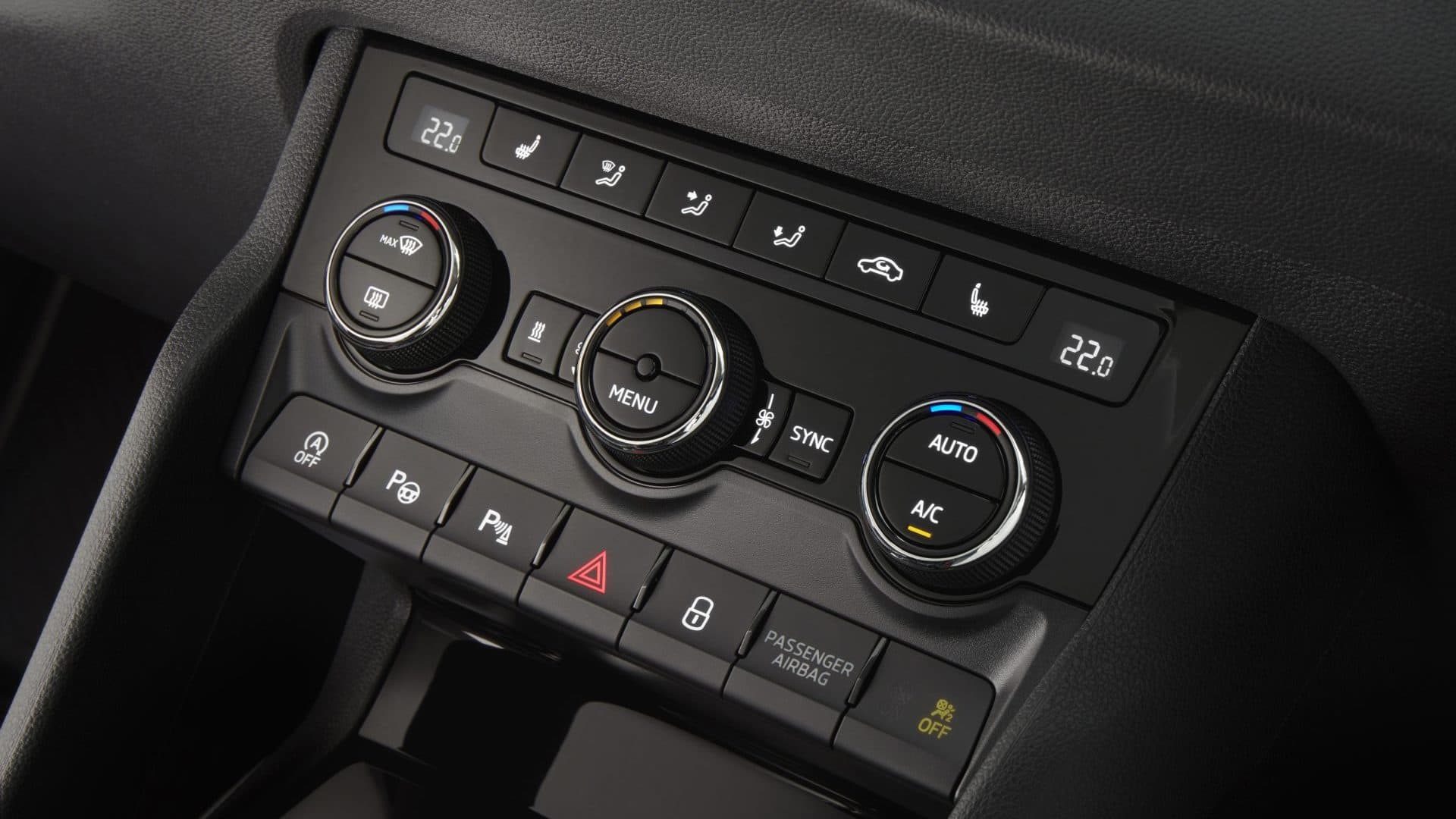
Another important part of the RLFS package is the ability to monitor the level of humidity inside the car.
It does this along by monitoring the level of sunlight and interior temperature, to let the climate control system function as efficiently as possible.
The latest sensors can even tell which side of the car sunlight is strongest on, and adjust the level of cooling between left and right sides of the cabin.
Lighting up the dark
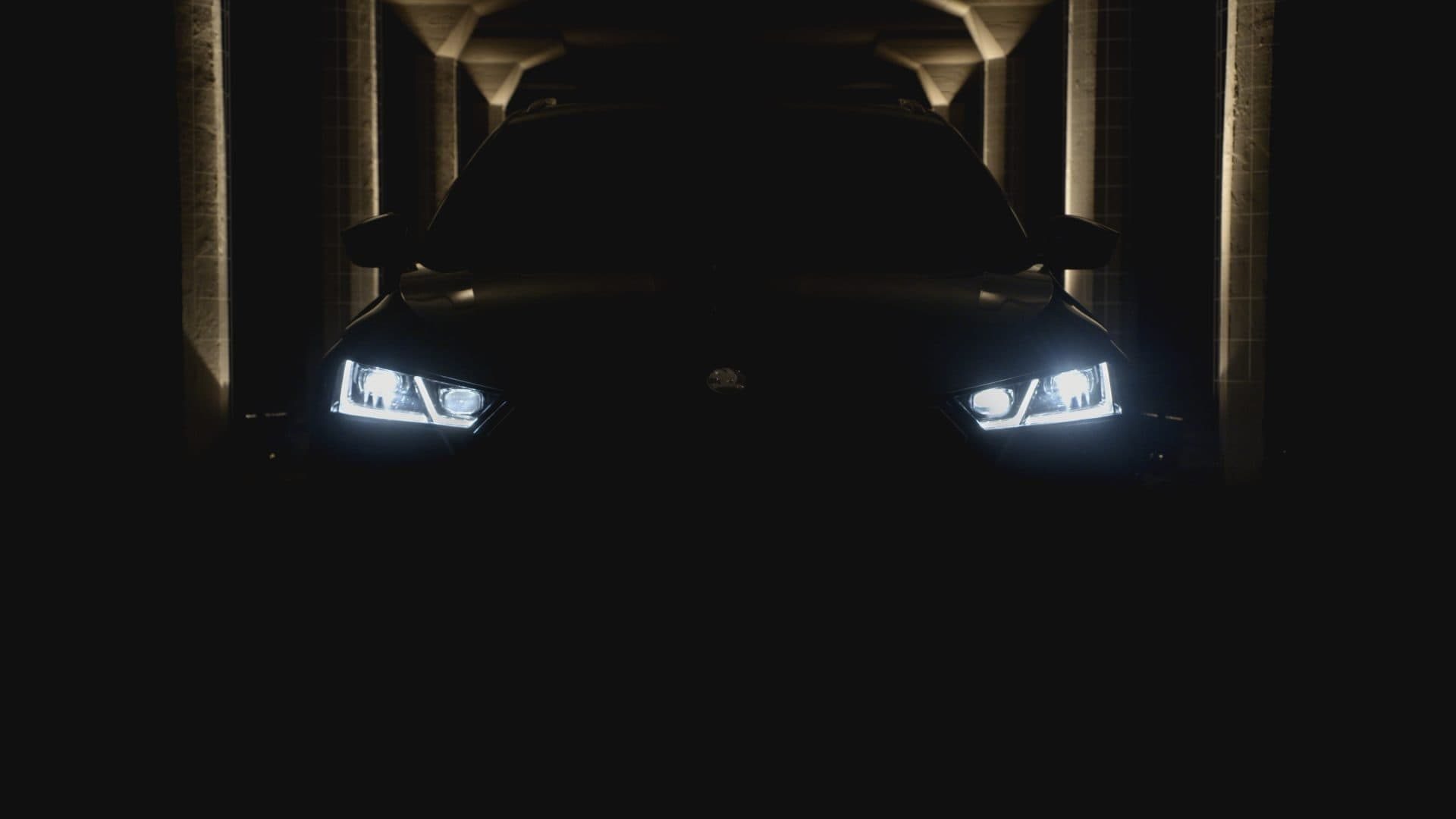
From their origins in the 1950s, light sensors have progressed to become standard equipment in many modern cars.
Monitoring the level of daylight, and turning the headlights on when it gets dark, can have a major effect on road safety. The latest RLFS sensors can differentiate between entering a tunnel and simply driving along a tree-lined road when deciding whether to turn on the headlights.
Emulating the Autronic Eye created by General Motors, such sensors can also control main-beam headlights. Cameras can spot oncoming traffic, then automatically dip the headlights to avoid dazzling others.
What else is behind the rear-view mirror?
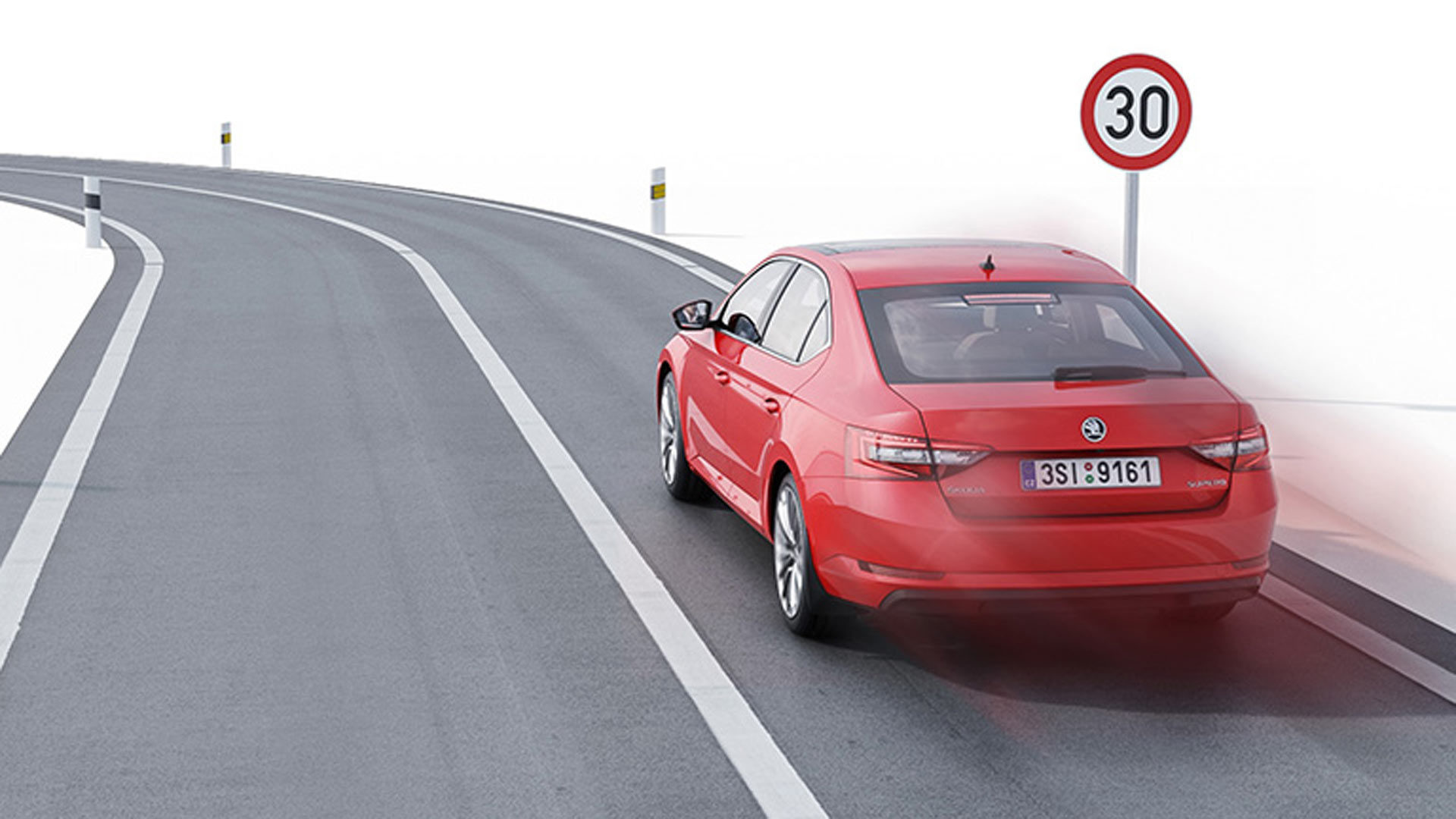
The pace of innovation means manufacturers are incorporating more technology into the prime real estate behind the interior mirror.
Forward-facing cameras are now frequently added to complement sensor packages, extending the range of functions. This includes using a camera to read road signs as you pass.
This can be used to update a speed limit setting for the automatic cruise control, or create a warning for pedestrian crossings.
Keeping an eye on safety
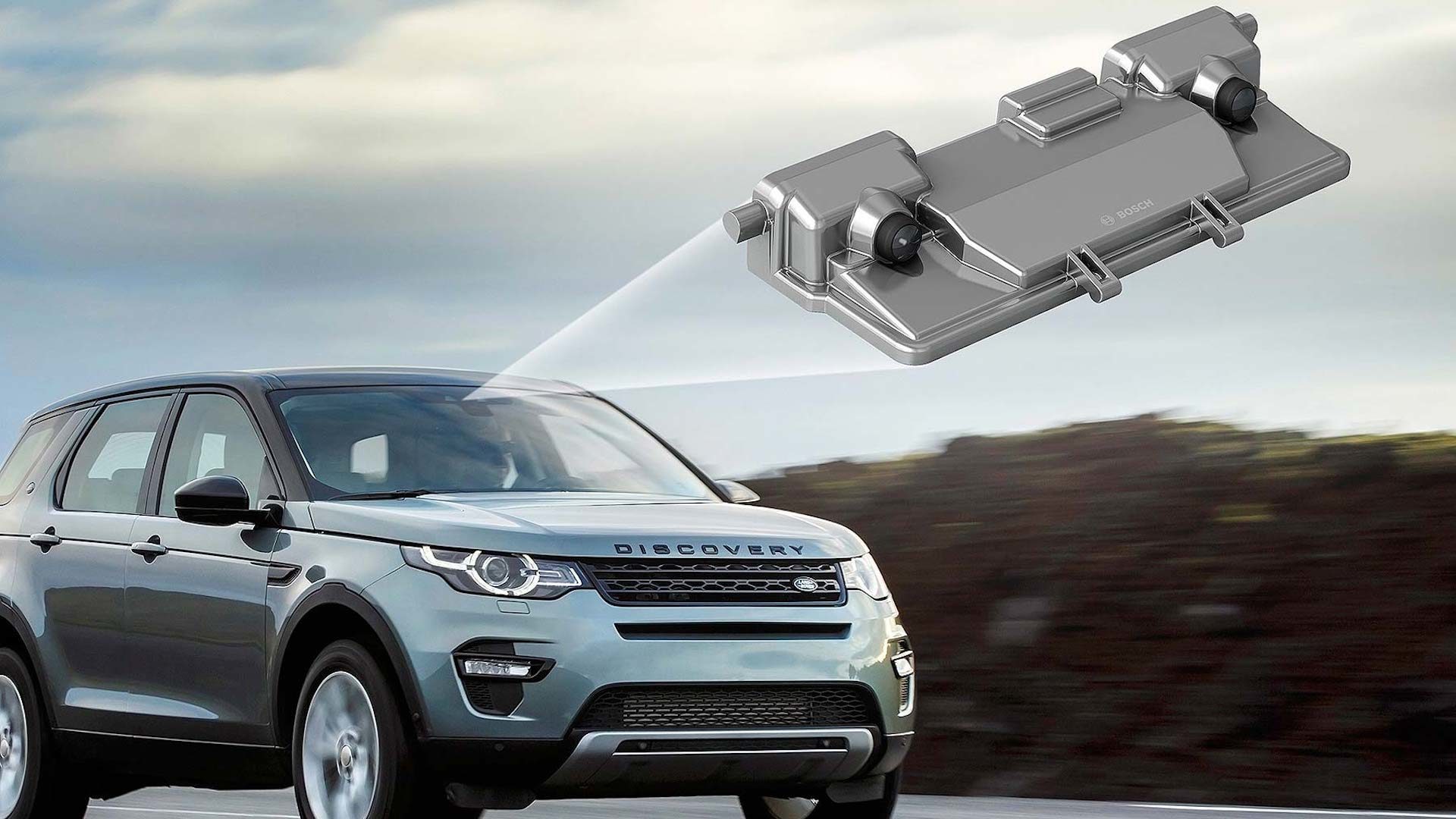
On certain cars, cameras are used to scan for potential collision hazards, and take action accordingly. This includes autonomous emergency braking systems, like the ‘stereo’ camera setup used by Jaguar Land Rover.
Subaru introduced a camera-based adaptive cruise control system in 1999. The company now incorporates emergency braking functionality as part of its EyeSight range.
Mercedes-Benz also offers a camera technology to scan the road ahead for bumps and dips. On the GLE SUV it can preemptively adjust the air suspension to reduce body movement as much as possible.
What if my windscreen needs replacing?
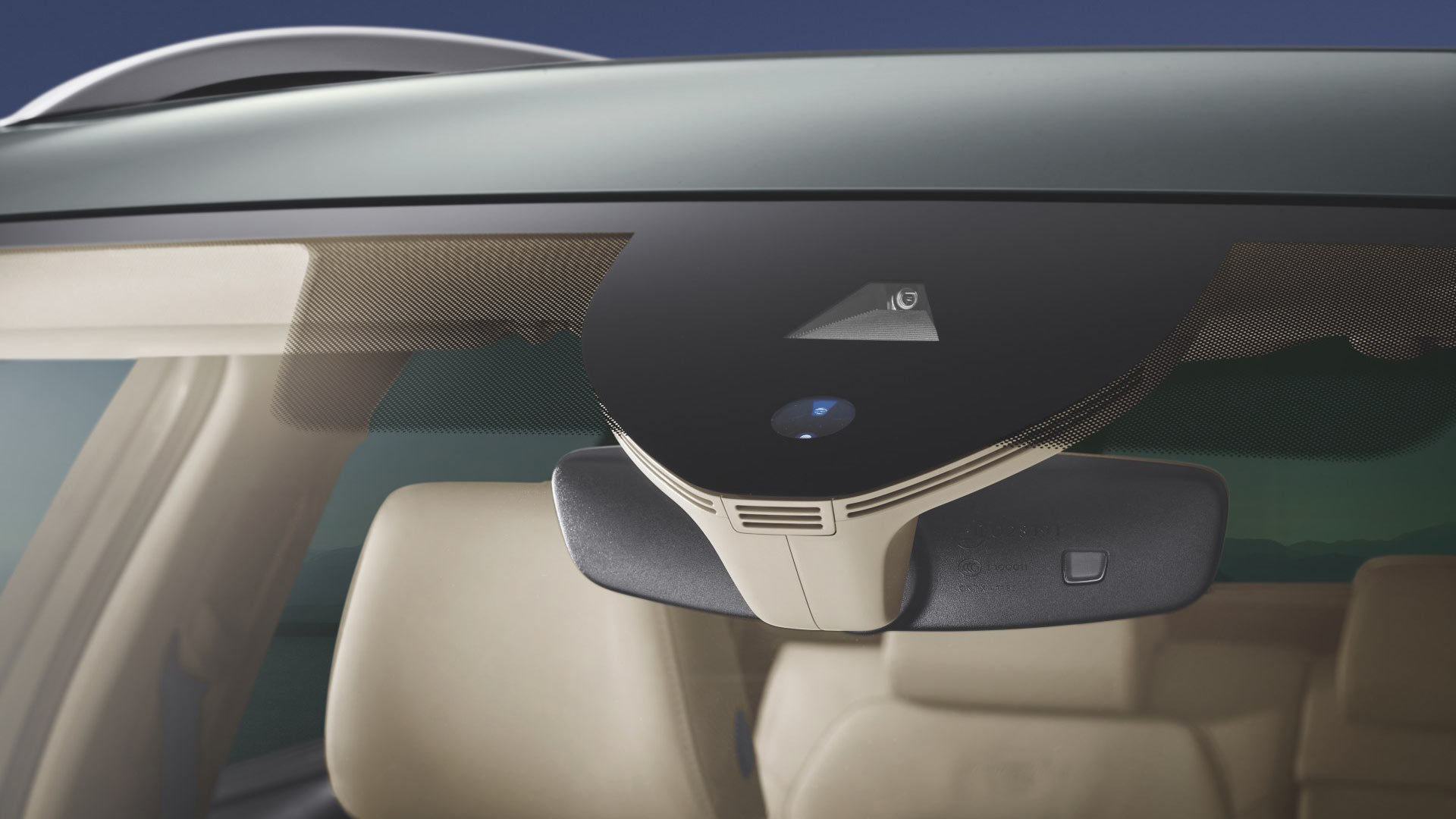
Having so much complex technology crammed behind the windscreen means extra care needs to be taken should the glass need replacing.
Before replacing or refitting a windscreen, companies should check whether the car has any special sensors installed.
A layer of gel separates the sensor components from the actual glass, and needs to be replaced with the windscreen.
More importantly, cars with features such as automatic emergency braking need to have the sensors and cameras recalibrated after new glass is fitted. This ensures they operate as intended, keeping the driver and others safe.
ALSO READ:
Try reading the owners manual!
i have a 2019 nissan maurano platitum edition, my wind shield had to be replaced after it was done my sensor assembly was no longer centered it was 5 inches to the right. looks bad last time at safelite it was perfect now i am being told it is 5 inches off center because it was never centered, thats a lie safelite replaced it last time different location it was perfect now i am told that is how it is now it looks bad i took it back and they used an after morket which would have been fine but the position of sensor pack looks like a child installed it/ what can i do. ?